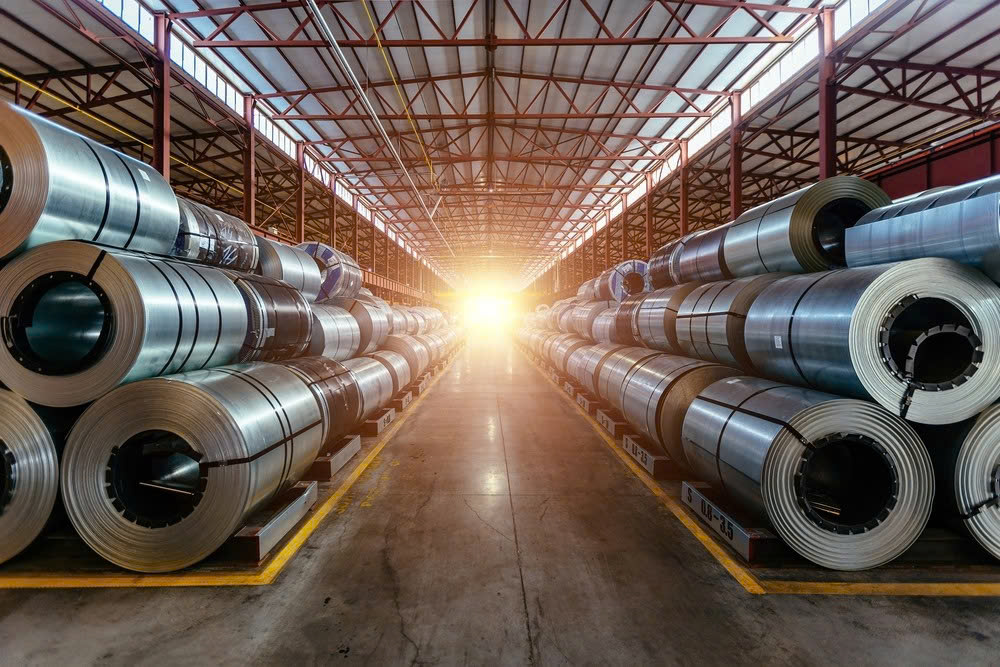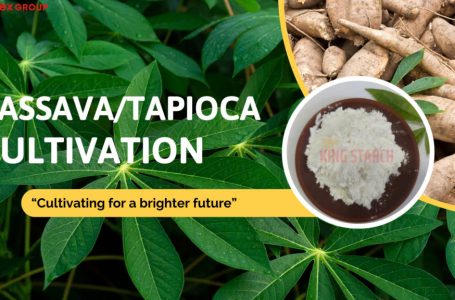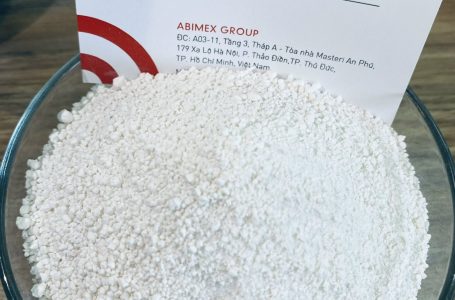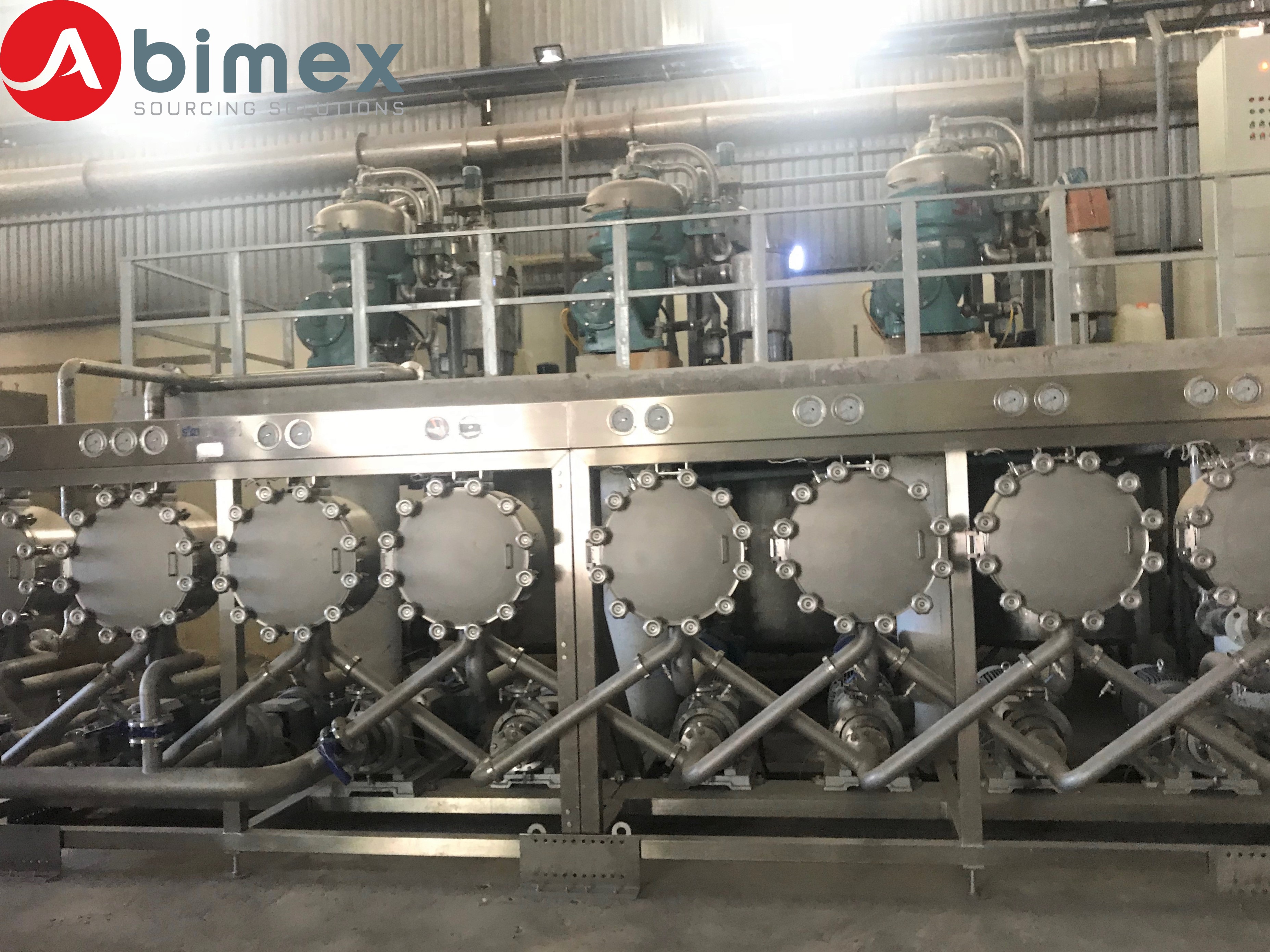
In recent years, the building materials industry has increasingly focused on sustainability, seeking innovative solutions that not only enhance performance but also reduce environmental impact. One of the key materials emerging in this effort is modified tapioca starch, a versatile and sustainable resource derived from cassava roots. Traditionally known for its use in food products, modified tapioca starch is now being applied across various industrial sectors, including the building materials industry. This natural polymer offers a range of benefits that can help manufacturers achieve both performance improvements and eco-friendly results. In this article, we will explore the top 10 benefits of using modified tapioca starch in building materials.

1. Environmentally Friendly and Renewable Resource
One of the most significant advantages of modified tapioca starch is that it is derived from a renewable source: cassava plants. Unlike synthetic chemicals commonly used in construction materials, tapioca starch is biodegradable and naturally replenishable. As the world shifts toward sustainable development, materials like tapioca starch offer a way to reduce reliance on non-renewable resources, promoting a more eco-conscious building industry.
2. Reduction of Carbon Footprint
By replacing petroleum-based additives in building materials with modified tapioca starch, manufacturers can significantly reduce their carbon footprint. The production of tapioca starch has a lower environmental impact compared to traditional chemical compounds. When used in adhesives, coatings, and other building materials, modified tapioca starch helps reduce greenhouse gas emissions associated with the production and disposal of these materials.
3. Enhanced Adhesion Properties
Modified tapioca starch has excellent adhesive properties, making it ideal for use in construction adhesives, wall coverings, and plasterboard. It provides superior bonding strength while being a more sustainable alternative to traditional adhesives made from synthetic resins. This strong adhesion capacity also contributes to the durability of construction materials, leading to longer-lasting structures and reducing the need for frequent repairs.
4. Improved Water Resistance
Water resistance is a critical factor in many building materials, particularly in areas prone to high moisture or humidity. Modified tapioca starch can be engineered to enhance the water resistance of various construction products such as drywall, cement, and coatings. This characteristic helps to protect building materials from water damage, extending their lifespan and ensuring better performance in wet conditions.
5. Cost-Effective Solution
In addition to its environmental benefits, modified tapioca starch is a cost-effective alternative to many synthetic materials used in the building industry. The availability and abundance of cassava plants in tropical regions ensure a steady supply of raw materials at a competitive price. For manufacturers, using tapioca starch can lead to significant cost savings, both in terms of raw material expenses and reduced energy consumption during production.
6. Versatility in Applications
Modified tapioca starch is highly versatile, with applications across a wide range of building materials. It can be used in concrete, plasterboard, paints, adhesives, coatings, and even insulation materials. Its adaptability allows manufacturers to incorporate it into various products, enhancing their overall performance while maintaining environmental sustainability.
7. Reduced Energy Consumption in Manufacturing
When modified tapioca starch is used as an additive in building materials, it often requires less energy during the manufacturing process compared to synthetic alternatives. This is particularly important in high-energy processes like the production of cement and insulation materials, where energy efficiency can significantly reduce operational costs and environmental impact.
8. Enhanced Biodegradability
Many traditional construction materials are difficult to dispose of at the end of their life cycle, leading to long-term waste management challenges. In contrast, materials that use modified tapioca starch are more biodegradable, breaking down naturally without releasing harmful chemicals into the environment. This not only supports sustainability goals but also aligns with increasing regulations around waste disposal in the building industry.
9. Non-Toxic and Safe for Use
Modified tapioca starch is non-toxic, making it a safer choice for both manufacturers and end-users. In an industry where worker safety and indoor air quality are growing concerns, using non-toxic materials like modified tapioca starch can help reduce the risk of exposure to harmful chemicals. It also ensures that buildings constructed with these materials have better air quality, benefiting the health of occupants.
10. Contributing to Green Building Certifications
Finally, the use of modified tapioca starch in building materials can contribute to achieving green building certifications such as LEED (Leadership in Energy and Environmental Design) and BREEAM (Building Research Establishment Environmental Assessment Method). These certifications recognize buildings that incorporate sustainable practices and materials, making them more attractive to environmentally conscious clients and investors. By integrating modified tapioca starch into their products, manufacturers can enhance their sustainability credentials and meet the growing demand for green construction solutions.

Conclusion
The building materials industry is under increasing pressure to adopt sustainable practices and materials that reduce environmental impact while maintaining high-performance standards. Modified tapioca starch offers a practical and eco-friendly solution for a wide range of applications, from adhesives to coatings, and even structural components. Its renewable nature, biodegradability, and cost-effectiveness make it an attractive alternative to traditional petroleum-based additives. As the demand for sustainable building materials continues to rise, modified tapioca starch will play a crucial role in shaping the future of the industry, contributing to greener, more resilient construction practices.
By incorporating modified tapioca starch into building materials, manufacturers not only improve the performance of their products but also support the global shift toward sustainability in construction.







